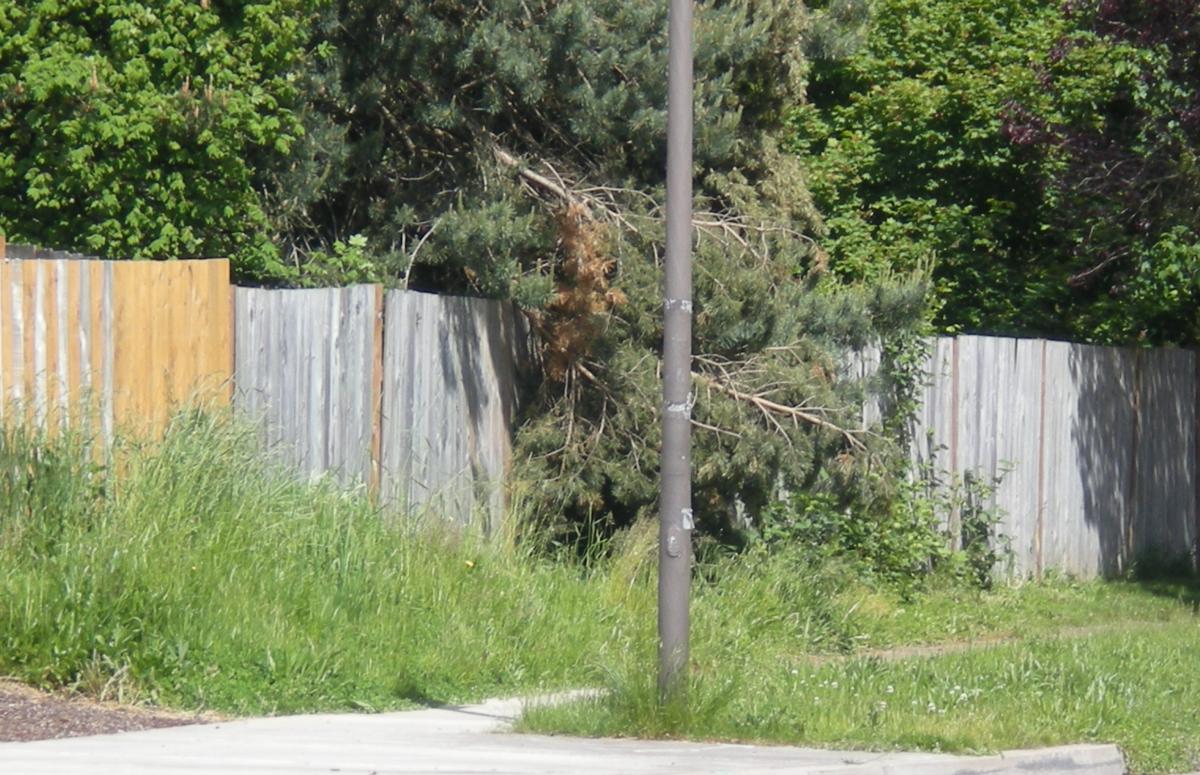- YourGovernment
-
OurCommunity
-
- About Tualatin Advisory Committees Animal Services Community Involvement City Codes City Council City Projects
- Community Crime Reports Customer Service Request Explore Tualatin Now Fire Library Municipal Court Tualatin Today
- Parks & Recreation Passports Permits & Forms Planning & Zoning Police Volunteer Tualatin Moving Forward
-
-
ForVisitors
-
- Parks, Greenways, Recreation and Library Library Parks Public Art Parks and Recreation
- Shopping, Dining, and Entertainment Chamber of Commerce
- Community Events Community Theatre Pumpkin Regatta Special Events
-
- DoingBusiness
-
HowDo I?
-
- Apply for a Job Apply for an Advisory Committee Contact the City Council Get a Copy of a Police Report File a Records Request Find Forms
- Find Planning & Zoning Find Public Transportation Find the City Code Get a Business License Get Email Subscriptions/Notifications Locate City Offices
- Contact the City Pay My Traffic Fine Pay My Water Bill Reserve a Facility Sign Up for a Recreation Program Search the Website Volunteer
-
Vegetation and Yard Maintenance

Hazards
Uncontrolled or uncultivated growth of weeds, brush, poison oak, poison ivy, tansy, ragwort, blackberry bushes, or grasses on developed, partially developed, or undeveloped property, which offer vector or rodent harborage, contribute noxious pollens to the atmosphere, constitute a fire hazard or unreasonably interfere with the use and enjoyment of abutting public or private property. Uncontrolled or uncultivated growth on public land or designated private conservation areas specifically for the purpose of providing native wildlife habitat shall not constitute a nuisance (TMC 6-04-060(3)).
Rental Housing Standards
Lawns, shrubbery, and trees (this includes front, side, and backyards along with landscape planters along the street frontage and reverse frontage); lawns (areas containing turf grasses) shall be kept trimmed to a height of not more than the ten inches or below the height at which the generation of pollen and the forming of seeds occurs, excluding ornamental grasses used in landscaping.
Shrubbery shall be kept trimmed and free from undergrowth of weeds, vines, and saplings, and free from dead or dying branches. Trees shall be kept pruned and free from dead or dying limbs and branches hazardous to persons or property. Landscaped areas may not contain weeds that reach a height of more than ten inches or below the height at which the generation of pollen and the forming of seeds occurs. Dead or decaying organic material from lawns, weeds, trees, or shrubs must be removed regularly (TMC 6-13-040). For more information, see Rental Housing Standards.
Interference with Streets or Sidewalks
No owner or person in charge of property that abuts a street or public sidewalk shall permit trees or shrubs on his or her property to interfere with street or sidewalk traffic. It shall be the duty of an owner or person in charge of property that abuts a street or public sidewalk to keep all trees and shrubs on his or her premises, including the adjoining parking strip, trimmed to a height of not less than eight feet above the sidewalk and not less than 12 feet above the roadway.
No owner or person in charge of property shall allow a dead or decaying tree to stand that is a hazard to the public or to persons or property on or near the property (TMC 2-2-025).
The owner or occupant of real property responsible for maintaining the adjacent sidewalk shall be primarily liable to any person injured because of negligence of such owner or occupant in failing to maintain the sidewalk and tree grates/planter strips in good condition or to keep trees and shrubs trimmed (TMC 2-2-030).
Noxious Vegetation
The term "noxious vegetation" includes, at any time between March 1 and October 31 of any year:
- Weeds more than ten inches high
- Grass more than ten inches high
- Poison oak
- Poison ivy
- Blackberry bushes that extend into a public thoroughfare or across a property line
- Knotweeds: Giant, Himalayan and Japanese
- Vegetation that is:
- A health hazard
- A fire hazard because it is near other combustibles; or
- A traffic hazard because it impairs the view of a public thoroughfare or otherwise makes use of the thoroughfare hazardous
- Impeding stormwater flows into or through a stormwater quality facility
- Affecting treatment capacity and/or altering designed drainage paths in a water quality facility
- Offering vector or rodent harborage
- Unreasonably interfering with the use and enjoyment of abutting public or private property
- Hindering the view necessary for the safe operations of vehicles at or near intersections
Between March 1 and October 31 of any year, no owner or person in charge of property may allow noxious vegetation to be on the property or in the right-of-way of a public thoroughfare abutting on the property. It shall be the duty of an owner or person in charge of property to cut down or to destroy grass, shrubbery, brush, bushes, weeds or other noxious vegetation as often as needed to prevent them from becoming unsightly, from becoming a fire hazard, or in the case of weeds or other noxious vegetation, from maturing or from going to seed (TMC 6-4-090).
